I took week three as an opportunity to critically reflect on my work. I felt that there were too many concepts emerging, and that the project would read more cohesively if I focused my research. Pausing for reflection allowed me to consolidate my ideas thus far into three key terms – Mark-Making, ‘The Maker’s Mark’, Marks Made.
Reflecting on Bell Hooks’s ‘Cultural Criticism & Transformation’ (1997) reinforced my desire for critical thinking about my own work. The concept of being critical has allowed me to weave a coherent narrative through my Methods of Investigation project, and has allowed me to consider what I have learnt through the process.
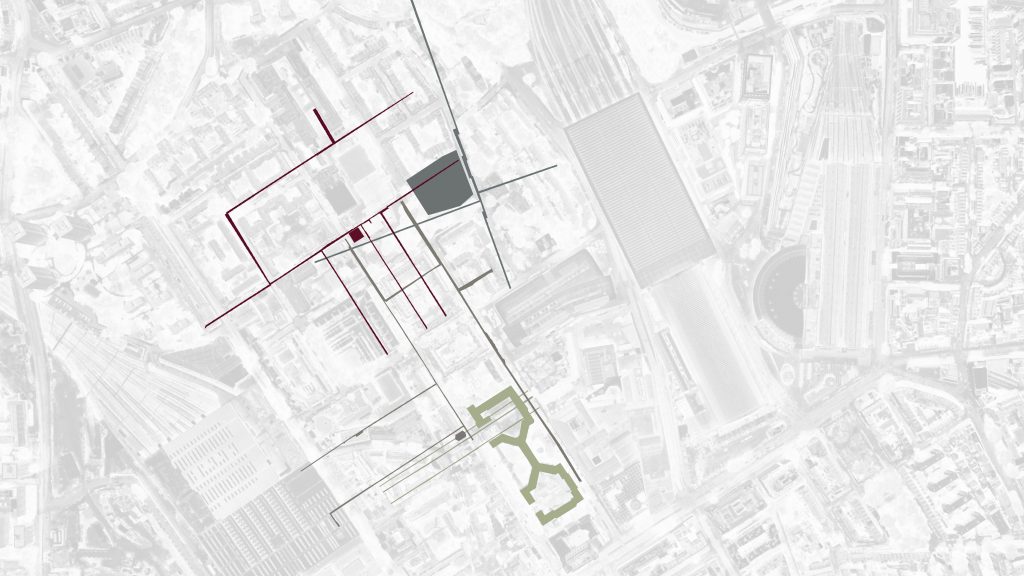
Mark-Making was my most prominent and consistent method of investigating throughout the project. The term mark-making has many facets which encapsulate my methodology throughout the project including my initial experimentation of mapping journey to my refined route through Somers Town, curated by the spaces between the hues in my colour palettes.
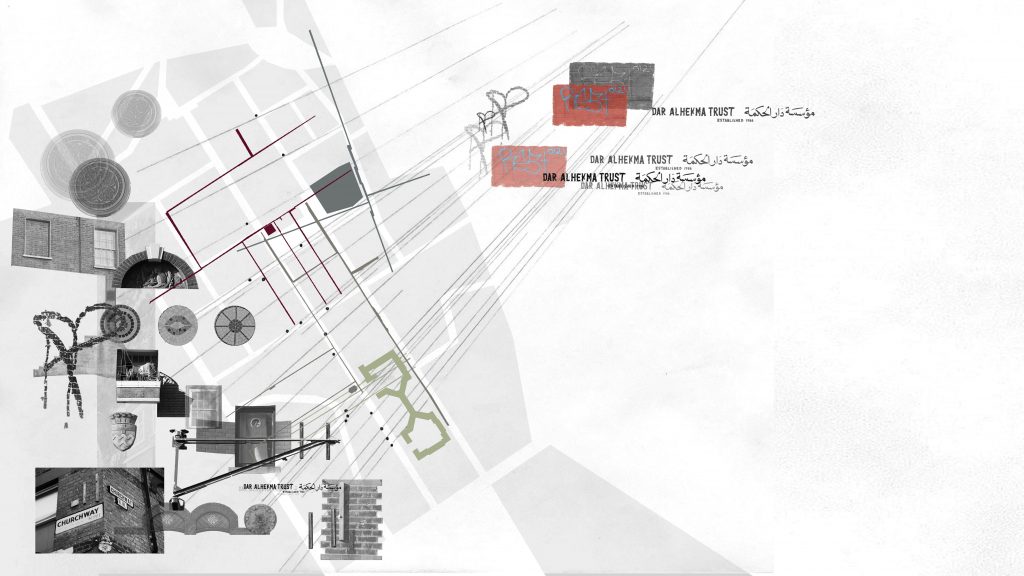
‘The Maker’s Mark’ is representative of my primary focus throughout the investigation. During the project, I have defined ‘The Maker’s Mark’ as an architectural feature that has a human-made quality to it, and displays a level of craftsmanship that is often overlooked in contemporary building practice.
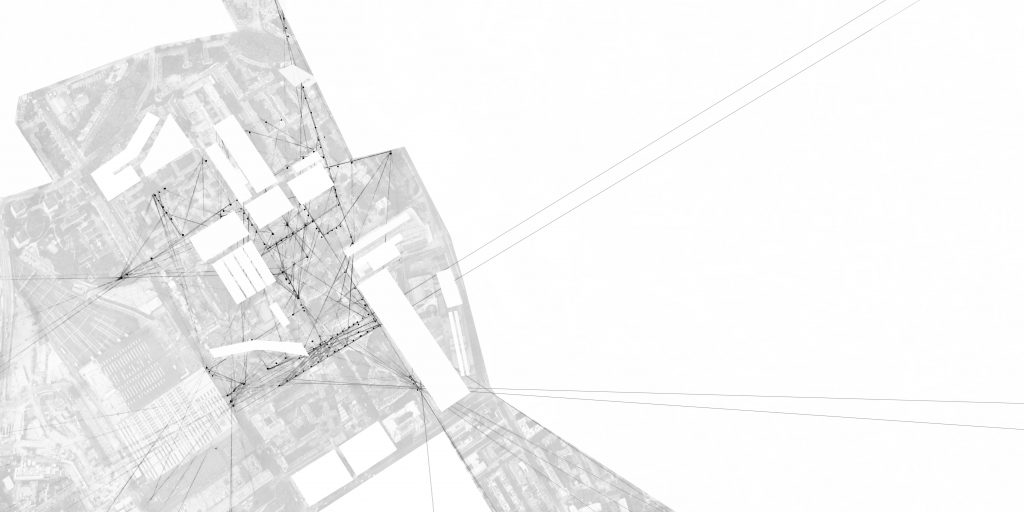
Marks Made has been used to frame the discussion surrounding urban regeneration of Somers Town. My primary observation throughout my research has been the correlation between the preservation of ‘Maker’s Marks’ and areas which have seen total urban regeneration over the past 80 years. I have observed that where regeneration has taken place (and Marks Made on the urban environment), very few ‘Maker’s Marks’ can be seen.
Utilising a triptych of layered maps provided a summary for my method of investigation. Layers from my previous explorations have been deconstructed and reordered, corresponding to the three key terms – Mark-Making, ‘The Maker’s Mark’, Marks Made.
This iterative process of investigation has begun to frame the question ‘Does urban regeneration cause the regeneration of ‘The Maker’s Mark’?’. As seen throughout my observations, ‘Maker’s Marks’ have been lost where buildings have been demolished and replaced with modern developments. The research poses questions about whether new ‘Maker’s Marks’ will begin to emerge, as the people occupying the space further integrate themselves with the architecture over time and make their own mark on the space.
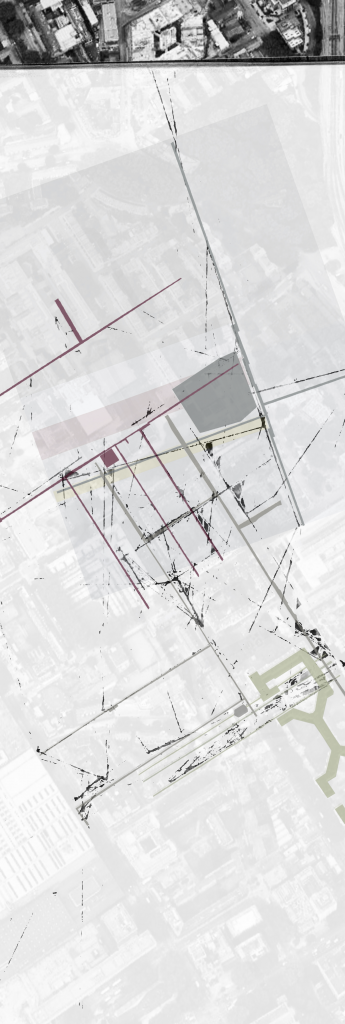
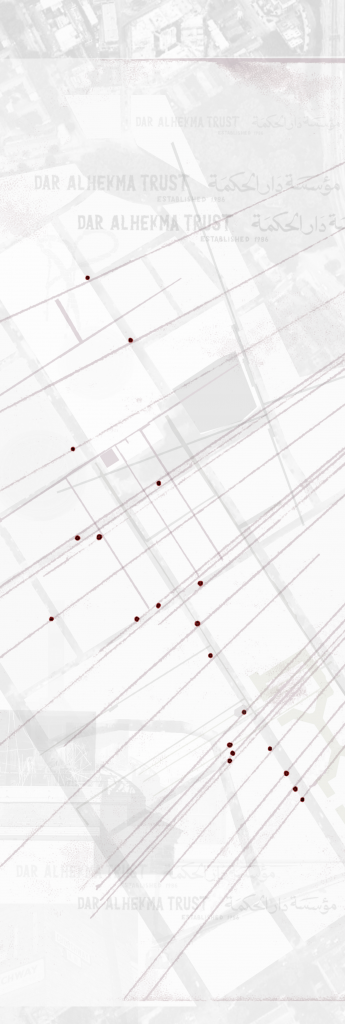
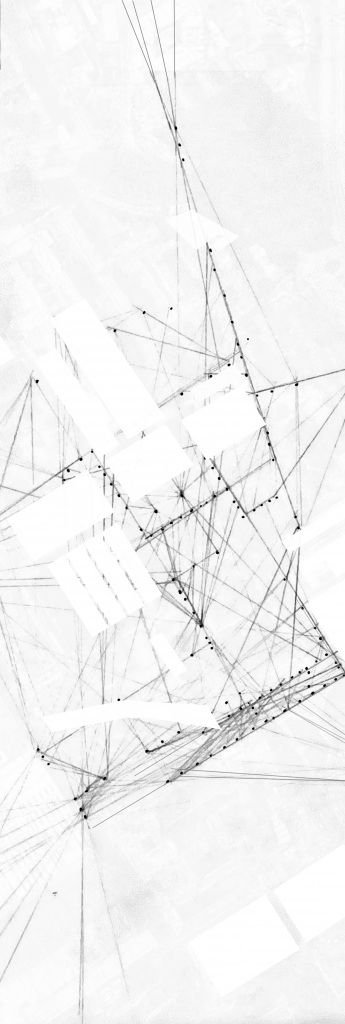

Marks Made.
Reference List:
Hooks. B. (1997) Cultural Criticism & Transformation.
Leave a Reply